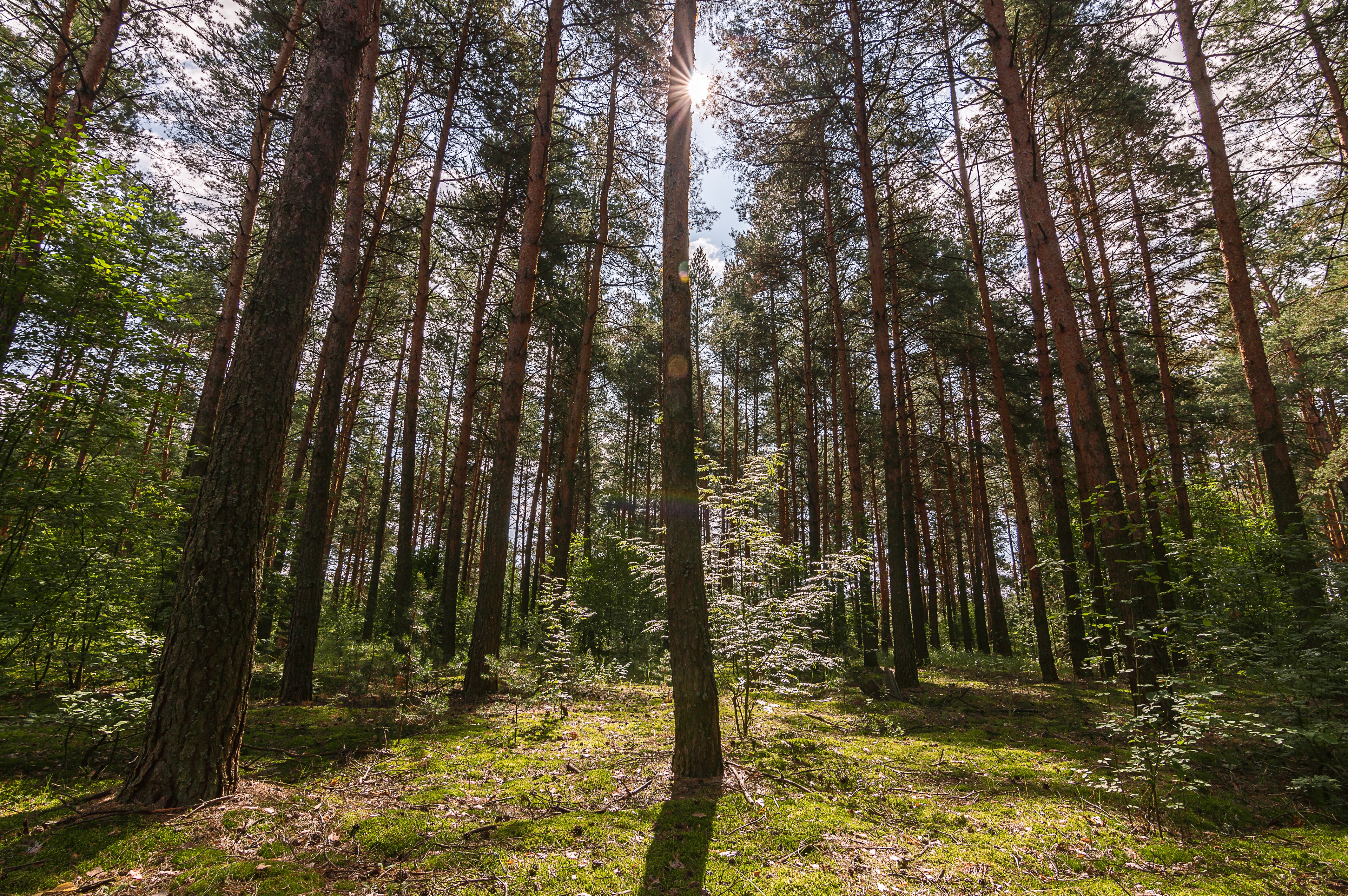ABOUT AIRCODE™
The Aircode line of products generate a rich balance between positive and negative ions – providing an even and energizing environment that is beneficial and comfortable to all.
HOW DOES THE TECHNOLOGY WORK?
Matseco’s Aircode™ products supply the indoor air with negative and positive ions through cold plasma reduction. The ions attract positively charged particles in the air and cause the particles to bond to nearby objects. The airborne particles clump together and then fall to the surface with the help of their own weight. They are then bonded by static electricity and will be easily be removed by normal cleaning. This method can be used to clean all types of particulate matter from the air. The Aircode process reduces the pollutants in the air and prevents them from being inhaled.
When the ions are neutralized, the molecules that hold the particle together are separated and the original coalescence is lost. This means that odors and bacteria literally “disappear” from the air.. By adjusting the introduction of positive ions, varying levels of particulate matter and airborne organic compounds can be controlled. If positive ions were not added, particles would adhere to objects or people or remain airborne and be inhaled.
A lot of positive ions are formed in our immediate proximity during the heating or air conditioning process as well as around computers and other electrical equipment. Synthetic materials in curtains and clothing attract negative ions. When these phenomen on are combined, air quality is compromised by an imbalance between positive and negative ions.
Air that is beneficial to us contains an even and rich balance between positive and negative ions. To achieve that beneficial balance Aircode™ uses a bipolar ionization technique which, in addition to cleansing the air also balances the air so that there are no static charges.

IONIZATION
The human body is fantastic at filtering things but it is sensitive to high concentrations of micro particles. Humans suffer considerable long-term effects from particulate matter that enters and remains in the lungs.
FRIGHTENING INFORMATION
Particles are continuously on the move in the air. Less than 10% of these are macro-particles that can be seen with the naked eye. The remainder are called micro- or nano-particles and are so small that they are perceived as fog or smoke in higher densities.
Today’s ventilation filters and installations have great difficulty eliminating nano-sized particles. Filtration systems are incapable of capturing these in the vast majority of air handling installations. The fact is that most particles enter nearly every commercial and industrial environment – effecting employee health and safety.
Will everyone suffer from allergies in the future?
Air that is beneficial to us contains a good balance between positive and negative ions. The negative ions seem to give us a general and energized feeling of well-being and they also have a favourable effect on our bodies. A good indoor environment is important for avoiding health problems. This is particularly important for people with asthma, allergies and other hypersensitivities since they often react sooner and to a greater extent to inadequacies in the indoor environment than those who are healthy. We spend 90% or more of our time indoors and indoor air is often of a poorer quality than outdoor air.
When more people than usual experience difficulties and these are linked to being in a particular building we normally talk about a “sick building” syndrome. Moisture and mould damage, inadequate ventilation, poor cleaning, and air pollutants (chemical emissions), may all be contributors to a “sick building”. It has also been discovered that people can develop asthma in poor indoor environments such as houses with moisture problems.
The link between coronary illnesses and air intake systems that introduce high counts of harmful foreign particles into a building has been shown in a number of government studies.
Studies in Sweden show that 350 people in Stockholm and Gothenburg die every year from heart and coronary diseases cause by particles. The primary source is particles from diesel and gasoline engine emissions, rubber tires and even wood burning. The problem is only getting worse as more types and higher volumes of nano-particles find their way into our homes and our workplace environments.
Nature’s own method
It is well known that plants, trees, active earth and radioactive substances produce ions. Our forests play a strong role in maintaining the ion balance as they generate a large number of negative ions. Fresh, clean air contains approximately 2000-4000 negative ions per cubic meter. In nature the average distribution is 4 negative ions to 5 positive ions. A distribution of 5 negative ions to 4 positive ions (approximately 2500 ions per cubic meter) has been measured in forests in the vicinity of small urban areas. The distribution in densely populated areas and enclosed spaces (indoors) is quite different and there is a marked deficiency of negative ions and sometimes, none at all.
The Thunderstorm Example
Several hours before a thunderstorm, the concentration of positive ions in the air increases. This increase is caused by positive ions preceding weather fronts by one to two days – ions (electricity, in effect) traveling more quickly than the air mass. These positive ions create the oppressive and “heavy” feeling we have all experienced. When the storm arrives and there is thunder, wind and rain the concentration of negative ions in the air increases significantly while the positive ions decrease. The air feels fresh and clean.
That is why we call negative ions the air’s vitamins. An increasing number of researchers see a positive relationship between the number of negative ions and an increase in the human body’s capacity to absorb oxygen.
Matseco AB is a company based in Gothenburg, Sweden that specializes in offering broad and energy-efficient environmental solutions. The company markets and sells the Aircode™ and Aquacode™ brands.
SIA “Ozone Tech” are the Aircode™ products distributor in Baltic States.


